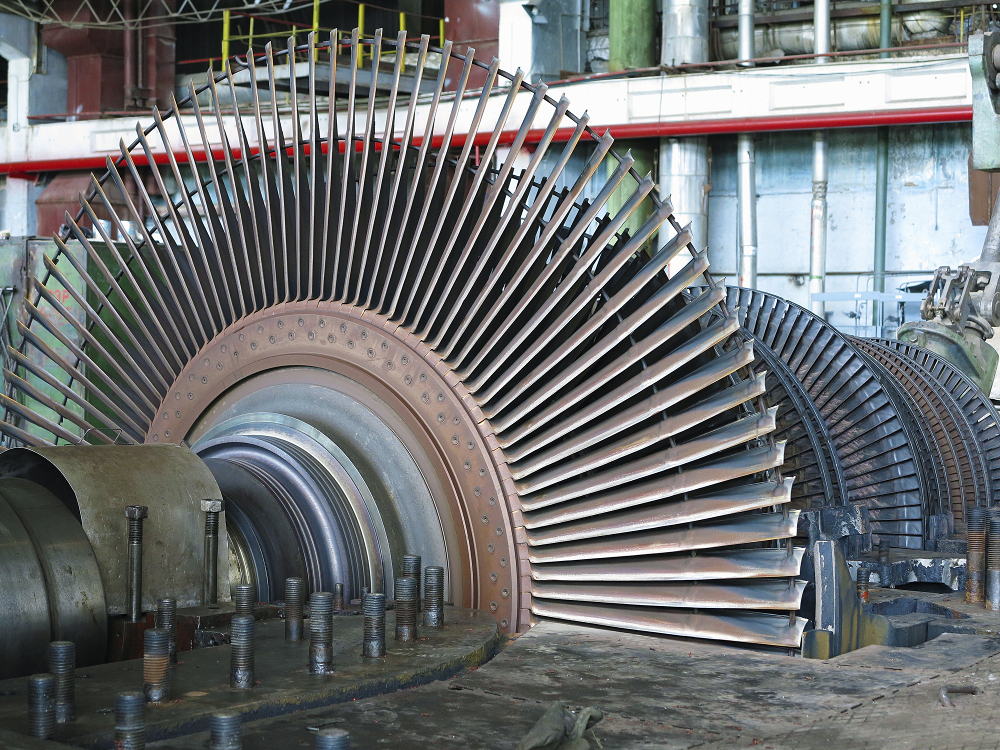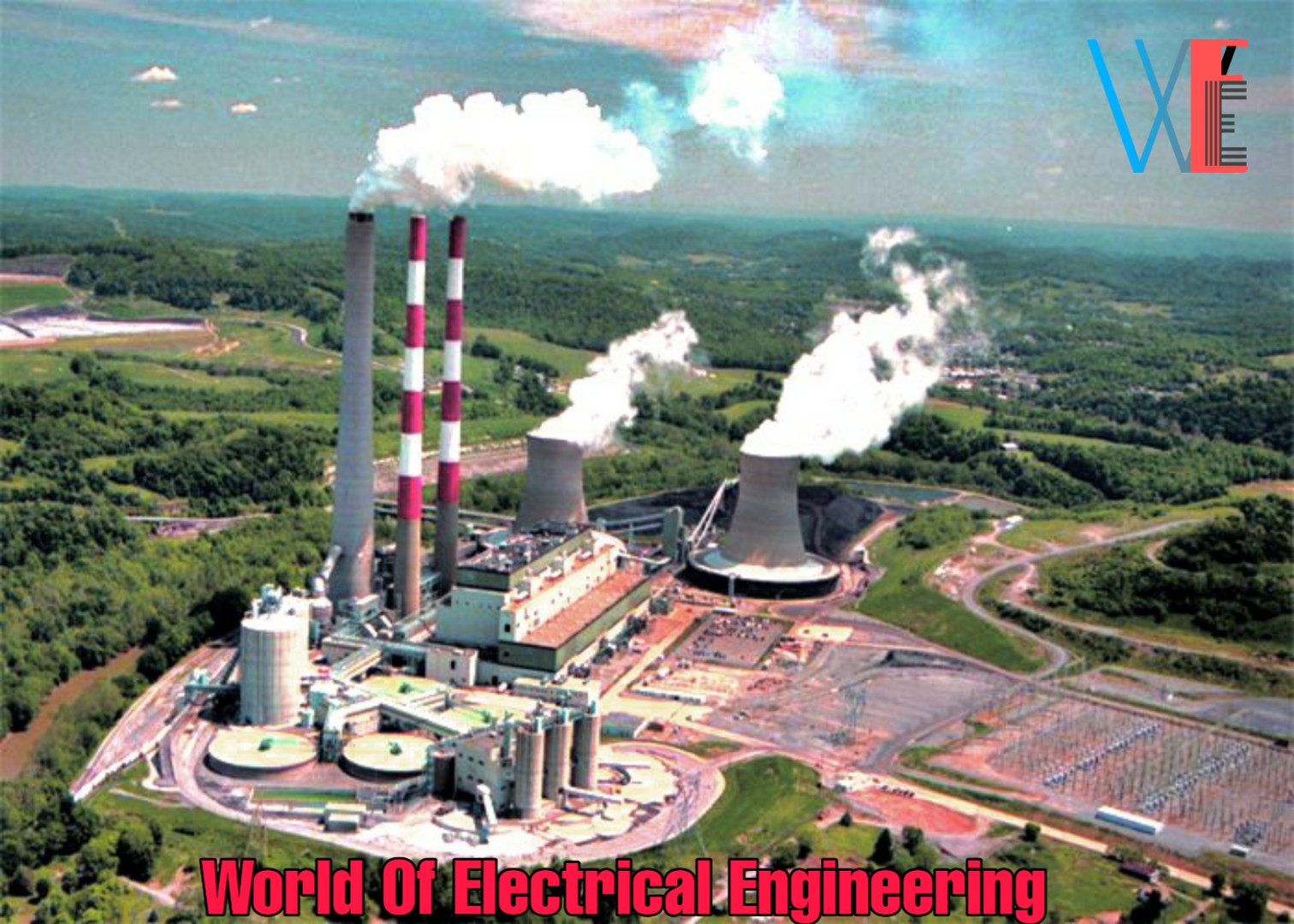

Such losses are clearly shown in the following comparisons. The actual Rankine cycle is shown in Fig. In actual situations, both the water pumps and the steam Turbines do not operate isentropically and losses result in more power demand for pumping and less power actually generated by steam to blades. This liquid then re-enters the pump and the cycle repeats.


(Energy available in the Earth’s crust)Ĥ. (making use of the available solar energy)Ģ. These are often referred to as the alternative methods or nonconventional energy of power generation and can be classified as:ġ.
STEAM POWER GENERATOR
In Hydroelectric plants, the energy of the falling water is utilized to drive the turbine which in turn runs the generator to produce electricity.Īpart from these major types of power generations, we can resort to small scale generation techniques as well, to serve the discrete demands. As is typical of thermal power stations, heat is used to generate steam that drives a steam turbine connected to a generator that produces electricity. Thermal power generation consists of using steam power created by burning oil, liquid natural gas (LNG), coal, and other substances to rotate generators and create electricity.Ī nuclear power plant is a thermal power station in which the heat source is a nuclear reactor. The mechanical energy to spin the turbine can come from a variety of sources, including falling water, wind, or steam from heat generated either by a nuclear reaction or by burning fossil fuels. The need for electricity is now felt in all stages of human life.Įlectricity is produced when mechanical energy is harnessed and used to rotate a turbine. First, a brief introduction to the basics and components of the steam power plant is provided, followed by some of the control systems in the power plant, diagrams and their efficiency will be reviewed. This article is an overview of different types of power plants, design, steam cycle and especially steam power plant control technology. Based on internship experience at Shahid Salimi Neka power plant


 0 kommentar(er)
0 kommentar(er)
